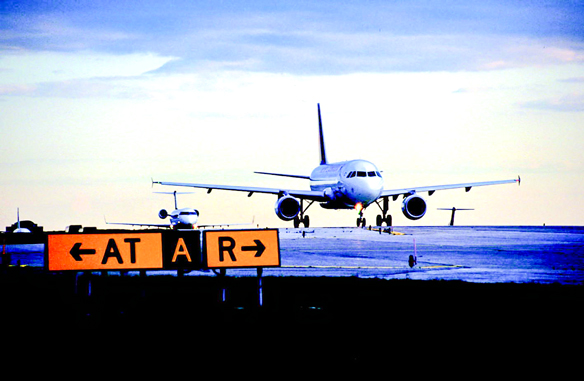IATA Predicts Passenger Recovery By 2024

IATA says that it expects overall traveller numbers to reach 4.0 billion in 2024 (counting multi-sector connecting trips as one passenger), exceeding pre-COVID-19 levels (103% of the 2019 total).
The airline industry association notes that expectations for the shape of the near-term recovery have shifted slightly, reflecting the evolution of government-imposed travel restrictions in some markets. The overall picture presented in the latest update to IATA’s long-term forecast, however, is unchanged from what was expected in November, prior to the Omicron variant.
But it also cautions that its latest forecast does not calculate the impact of Russia’s invasion of Ukraine.
Overall, IATA’s director general, Willie Walsh said that: “The trajectory for the recovery in passenger numbers from COVID-19 was not changed by the Omicron variant. People want to travel. And when travel restrictions are lifted, they return to the skies. There is still a long way to go to reach a normal state of affairs, but the forecast for the evolution in passenger numbers gives good reason to be optimistic.”
IATA reports that in 2021, overall traveller numbers were 47% of 2019 levels. This is expected to improve to 83% in 2022, 94% in 2023, 103% in 2024 and 111% in 2025.
In 2021, international traveller numbers were 27% of 2019 levels. This is expected to improve to 69% in 2022, 82% in 2023, 92% in 2024 and 101% in 2025.
This is a slightly more optimistic near-term international recovery scenario compared to November 2021, based on the progressive relaxation or elimination of travel restrictions in many markets. This has seen improvements in the major North Atlantic and intra-European markets, strengthening the baseline for recovery. Asia-Pacific is expected to continue to lag the recovery with the region’s largest market, China, not showing any signs of relaxing its severe border measures in the near future.

In 2021, domestic traveller numbers were 61% of 2019 levels. This is expected to improve to 93% in 2022, 103% in 2023, 111% in 2024 and 118% in 2025.
The outlook for the evolution of domestic traveller numbers is slightly more pessimistic than in November. While the US and Russian domestic markets have recovered, the same is not true for the other major domestic markets of China, Canada, Japan and Australia.
Said Walsh: “The biggest and most immediate drivers of passenger numbers are the restrictions that governments place on travel. Fortunately, more governments have understood that travel restrictions have little to no long-term impact on the spread of a virus. And the economic and social hardship caused for very limited benefit is simply no longer acceptable in a growing number of markets. As a result, the progressive removal of restrictions is giving a much-needed boost to the prospects for travel.”
Walsh noted that: “In general, we are moving in the right direction, but there are some concerns. Asia-Pacific is the laggard of the recovery. While Australia and New Zealand have announced measures to reconnect with the world, China is showing no signs of relaxing its zero-COVID strategy. The resulting localized lock-downs in its domestic market are depressing global passenger numbers even as other major markets like the US are largely back to normal.”
However, IATA said that the forecast does not calculate the impact of the Russia-Ukraine conflict. In general, air transport is resilient against shocks and this conflict is unlikely to impact the long-term growth of air transport.
It is too early to estimate what the near-term consequences will be for aviation, but it is clear that there are downside risks, in particular in markets with exposure to the conflict.
Sensitivity factors will include the geographic extent, severity, and time-period for sanctions and/or airspace closures. These impacts would be felt most severely in Russia, Ukraine and neighboring areas.
Pre-COVID-19, Russia, was the 11th largest market for air transport services in terms of passenger numbers, including its large domestic market. Ukraine ranked 48.
The impact on airline costs as a result of fluctuations in energy prices or rerouting to avoid Russian airspace could have broader implications. Consumer confidence and economic activity are likely to be impacted even outside of Eastern Europe.
Go to www.iata.org for more.


